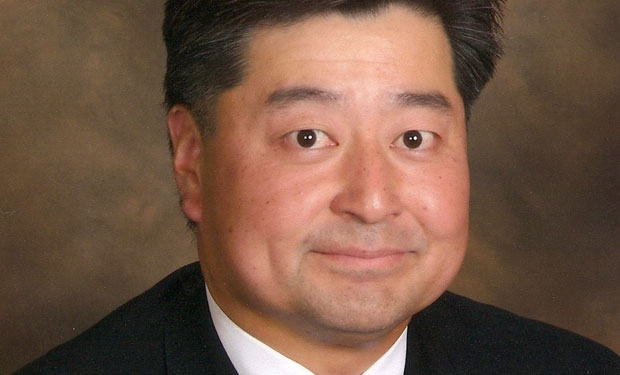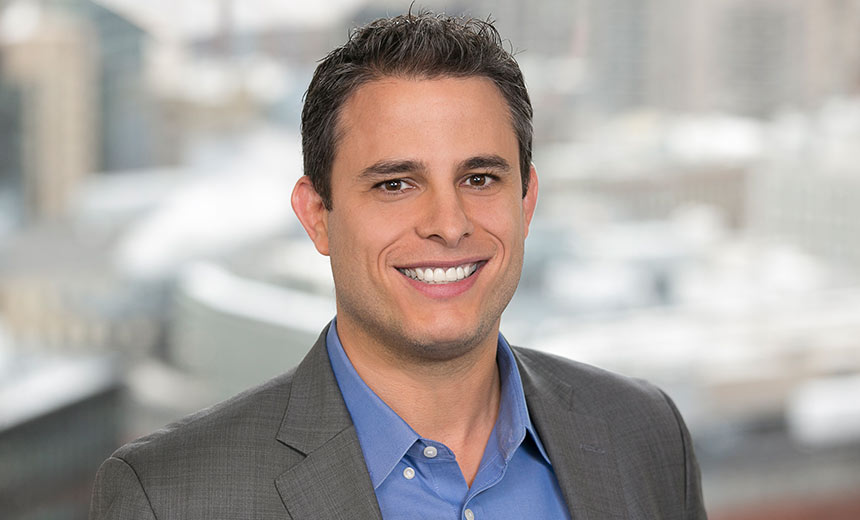State Insurance Exchange: Why It Works
CIO Discusses What State Did Right
Quality assurance measures proved essential to a successful launch, Kwak says in an interview with Information Security Media Group. "We used quality assurance and internal verification to make sure each step of the way was validated," he says. "We didn't take any short cuts, we were disciplined and stuck with the plan and executed on that plan."
In its first month of operation, the Washington Health Benefit Exchange enrolled 55,000 consumers for insurance coverage. More than 7,300 signed up for private health plans available through the exchange, with the remainder enrolling in Medicaid, for which eligibility has been expanded.
Washington is one of 16 states that are running insurance exchanges on their own. The other states are either running their exchange in partnership with the Department of Health and Human Services or are relying totally on HHS.
And so far, HHS is tight-lipped about how many Americans have enrolled using its HealthCare.gov website, which serves all the states not running independent exchanges.
HHS Secretary Kathleen Sebelius says enrollment figures won't be released until later this month. She admitted during a Senate committee hearing this week that there are "a couple hundred" technology issues being fixed on the website. As a result, enrollment on the site thus far is "likely to be quite low, given the struggles that people have had getting access to the site and getting information," she testified.
While the Washington state health insurance exchange also had technical issues upon its Oct. 1 launch, the problems were quickly ironed out, Kwak says (see: Insurance Exchanges Address Access Woes). And the state exchange hasn't experienced any data breaches so far, he adds.
Staying with the Plan
One key to the successful launch, Kwak says, was "not varying from the original plan. We had a blueprint ... and we stuck with it. We stayed fully aligned with CMS [Centers for Medicare and Medicaid Services] and other dependent partners like the IRS [Internal Revenue Service] and Social Security Administration, and maintained full transparency to our testing, our plan and our status."
Kwak says he thinks the HealthCare.gov site and systems are having more serious issues than the state-run exchanges because of the sheer size and complexity of the massive federal project.
"It's the magnitude and the scope of what the federal exchange is trying to do, which is to serve 30-plus states," he says. "We were focusing on Washington state only. ... We were able to focus on that from day one, whereas the federal system is looking at 30 different eligibility systems ... 30 different sets of requirements. I can't even imagine how big and complex that would be."
In the interview, Kwak also discusses:
- The testing the exchange completed before launching open enrollment Oct. 1;
- His assessment of how the federal data services hub, which routes data from federal agencies to the state exchanges for consumer eligibility determination, is operating;
- The biggest internal and external security and privacy threats facing the exchanges, and how the Washington exchange is addressing them.
As CIO for Washington Health Benefit Exchange, Kwak oversees all technology implementation and maintenance necessary to meet the exchange's business requirements. Before joining the exchange last year, Kwak served as CIO at Providence Health & Services and oversaw IT needs at Western Washington Ministries.



















